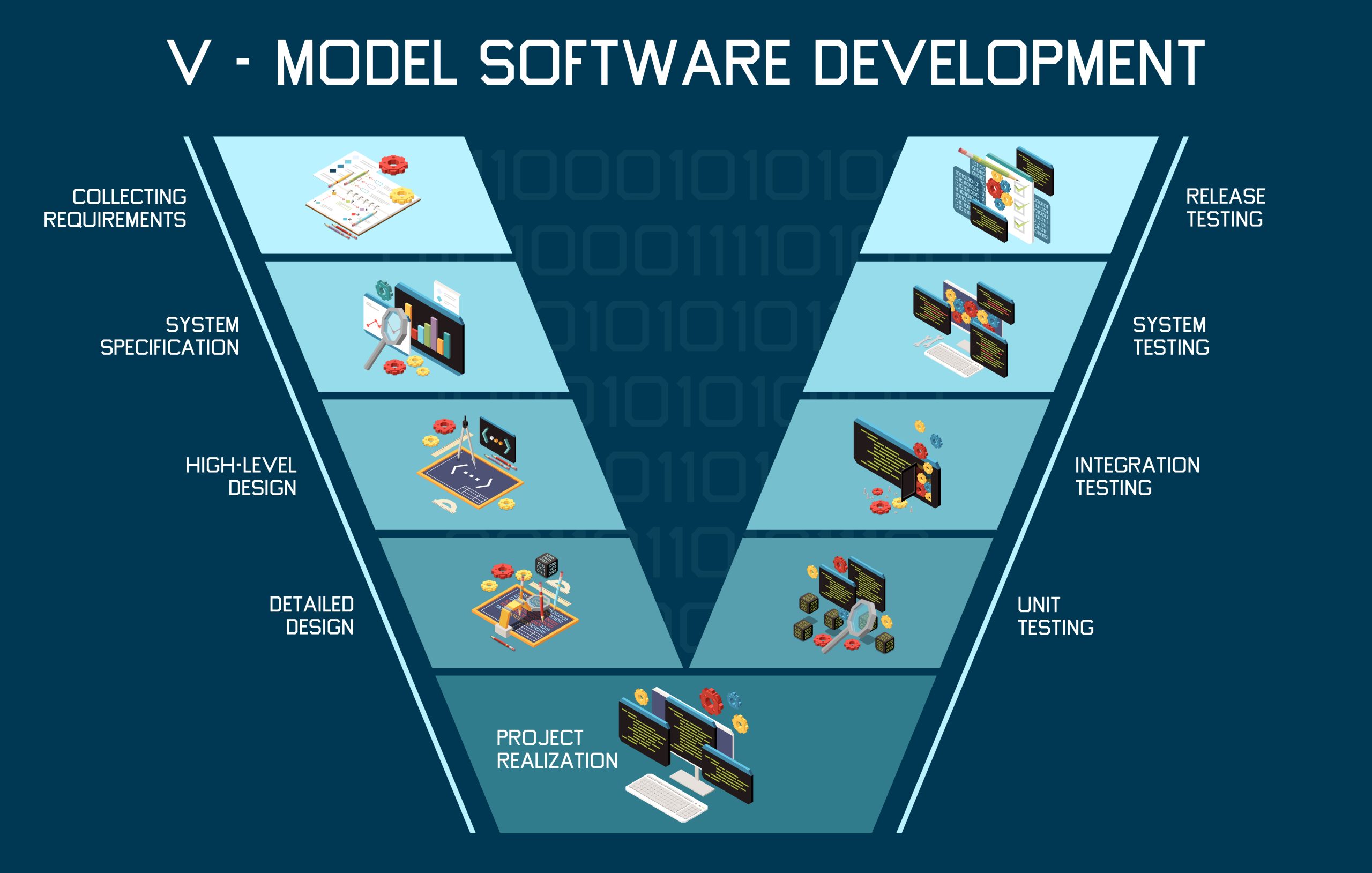E-commerce is more than selling products; it’s about crafting an engaging, strategic, and creative online experience that captivates customers. This blog explores key tactics and trends to transform your e-commerce platform into a work of art, driving success in the competitive online marketplace. Our CMS solutions are designed to support these strategies, empowering businesses to build thriving digital stores.
1. Designing a Captivating Storefront
Your e-commerce website is the first impression customers have of your brand. A visually appealing and intuitive storefront sets the stage for success. Key elements include:
- Seamless navigation for easy product discovery.
- High-quality visuals to showcase products effectively.
- Consistent branding to create a memorable experience.
Our CMS platforms offer customizable templates and user-friendly design tools to help businesses create stunning, customer-centric storefronts.
2. Personalizing the Customer Experience
Personalization builds connections by making customers feel valued. By leveraging data, businesses can deliver tailored experiences that drive loyalty. Effective personalization strategies include:
- Product recommendations based on browsing history.
- Personalized email campaigns with targeted offers.
- Dynamic content that adapts to user preferences.
Our CMS solutions integrate advanced personalization features, enabling businesses to create meaningful, individualized customer journeys.
3. Harnessing Social Media Engagement
Social media platforms are powerful tools for showcasing products and building a brand community. Engaging content on platforms like Instagram, Facebook, or X can amplify your reach. Best practices include:
- Sharing visually compelling product stories.
- Interacting with followers through comments and polls.
- Running targeted ad campaigns to attract new customers.
Our CMS platforms support seamless social media integrations, helping businesses connect with audiences and drive traffic.
4. Optimizing for Mobile Accessibility
With over 60% of e-commerce traffic coming from mobile devices in 2025, mobile optimization is non-negotiable. A responsive design ensures accessibility across all devices. Key considerations include:
- Fast-loading pages for mobile users.
- Touch-friendly navigation and buttons.
- Streamlined layouts for smaller screens.
Our CMS solutions prioritize mobile-first design, ensuring your e-commerce platform delivers a flawless experience on any device.
5. Driving Discoverability with SEO
Search engine optimization (SEO) helps your e-commerce store stand out in search results. Strategic SEO practices increase visibility and attract organic traffic. Essential tactics include:
- Using relevant keywords in product descriptions and titles.
- Optimizing images with descriptive alt text.
- Creating high-quality content like blogs or guides.
Our CMS platforms include built-in SEO tools to simplify optimization and boost your store’s search engine rankings.
6. Streamlining the Checkout Process
A smooth checkout experience is critical to converting visitors into customers. Simplifying this process reduces cart abandonment and enhances satisfaction. Best practices include:
- Minimizing steps to complete a purchase.
- Offering multiple payment options, including digital wallets.
- Ensuring secure transactions with SSL encryption.
Our CMS solutions provide customizable checkout modules, enabling businesses to create efficient and secure purchasing processes.
7. Leveraging Customer Reviews for Trust
Customer reviews build credibility and influence buying decisions. Positive feedback serves as social proof, encouraging new customers to trust your brand. Strategies to maximize reviews include:
- Encouraging reviews through post-purchase emails.
- Displaying testimonials prominently on product pages.
- Responding to feedback to show customer care.
Our CMS platforms make it easy to integrate review systems, helping businesses showcase authentic customer feedback.
8. Enhancing Sales with Upselling and Cross-Selling
Upselling and cross-selling increase order value by suggesting relevant products or upgrades. Thoughtful recommendations enhance the shopping experience. Effective techniques include:
- Highlighting complementary products during checkout.
- Offering bundle deals or discounts on upgrades.
- Using AI-driven suggestions based on user behavior.
Our CMS solutions support advanced upselling and cross-selling tools, driving revenue while improving customer satisfaction.
9. Using Data Analysis for Strategic Insights
Data is the foundation of informed e-commerce decisions. Analyzing customer behavior and sales trends helps refine strategies. Key data-driven actions include:
- Tracking metrics like conversion rates and bounce rates.
- Identifying top-performing products or categories.
- Monitoring campaign performance to optimize marketing spend.
Our CMS platforms integrate with analytics tools, providing businesses with actionable insights to enhance their e-commerce strategy.
10. Embracing Continuous Innovation
The e-commerce landscape evolves rapidly, and staying ahead requires innovation. Adopting new technologies and trends keeps your store relevant. Areas to explore include:
- Integrating AI chatbots for 24/7 customer support.
- Adopting voice search optimization for hands-free queries.
- Exploring AR features for interactive product previews.
Our CMS solutions are built to support emerging technologies, ensuring your e-commerce platform remains cutting-edge.
Conclusion
E-commerce success is about blending strategy, creativity, and technology to create an unforgettable customer experience. By focusing on captivating design, personalization, and data-driven decisions, businesses can transform their online stores into digital masterpieces. Our CMS platforms are designed to empower e-commerce ventures with the tools needed to thrive in a dynamic market. Visit our official website to learn how we can help you craft a winning e-commerce strategy.







